Wormwood (Tanacetum vulgare) 0,5g, ~5000 seeds
875 Ft
When planting worm castor(Tanacetum vulgare), you don't have to worry about it chasing away our beneficial worms, as it gets its name from its intestinal worming action, not from this. In ancient Egypt they were also used for embalming and then covered with cloth made from flax. When rubbed, it has a spicy, camphorous scent. Because of this property, it is also used in bedding to repel ants, and when dried it can be used to repel moths. Foreign literature recommends it especially for planting alongside cucumbers and courgettes, as it repels their pests. The consumption of wormwood varadish is no longer recommended by the OTÉI, but in the past it was often used in England to flavour cakes, scrambled eggs and drinks.
Features:
- other names: field mimosa, goldenseal, pain-grass, milk-grass, yellow button-grass
- Latin name: Tanacetum vulgare
- family: asteraceae
- life cycle: perennial
- flowering period: june-august
- size: 70-90 cm
- soil: average, moist
- growing area: sunny, semi-shaded
- other: not edible
- seeds origin: Austria
- pollination factor: 8/10
1 packet 0,5 g - contains about 5000 seeds.
For betting suggestions and more details, scroll down.
In stock
Description
When planting worm castor(Tanacetum vulgare), you don't have to worry about it chasing away our beneficial worms, as it gets its name from its intestinal worming action, not from this. In ancient Egypt they were also used for embalming and then covered with cloth made from flax. When rubbed, it has a spicy, camphorous scent. Because of this property, it is also used in bedding to repel ants, and when dried it can be used to repel moths. Foreign literature recommends it especially for planting alongside cucumbers and courgettes, as it repels their pests. The consumption of wormwood varadish is no longer recommended by the OTÉI, but in the past it was often used in England to flavour cakes, scrambled eggs and drinks.
Features:
- other names: field mimosa, goldenseal, pain-grass, milk-grass, yellow button-grass
- Latin name: Tanacetum vulgare
- family: asteraceae
- life cycle: perennial
- flowering period: june-august
- size: 70-90 cm
- soil: average, moist
- growing area: sunny, semi-shaded
- other: not edible
- seeds origin: Austria
- pollination factor: 8/10
Sow the seeds in spring or autumn in prepared soil or pots. You can also sow them in their permanent place or grow them into seedlings to increase the germination rate. Just cover the seeds very thinly with soil, pressing the soil down a little so that the seeds are well in contact with the soil. Sprinkle them with water. Keep the soil moist for the first 1-2 weeks. Perennial through spring sowing will not flower until the following year (sometimes as early as late summer if sown in early spring), and the following year if sown in autumn. Enjoy the spectacle!
More information
| Mass | 4 g |
|---|---|
| Species | |
| Demand for light | |
| Special feature | |
| Height | |
| Quantity | |
| Colour | |
| Talaj | |
| Flowering month | |
| Water demand |
Only users who are logged in and have already purchased the product can write a review.
Related products
-
-
Add to basket
- Add to wishlistAdd to wishlist
Add to wishlistAdd to wishlist -
Add to basket
-
-
Add to basket
- Add to wishlistAdd to wishlist
Add to wishlistAdd to wishlist -
Add to basket
-
-
Add to basket
- Add to wishlistAdd to wishlist
Add to wishlistAdd to wishlist -
Add to basket
-
-
Add to basket
- Add to wishlistAdd to wishlist
Add to wishlistAdd to wishlist -
Add to basket
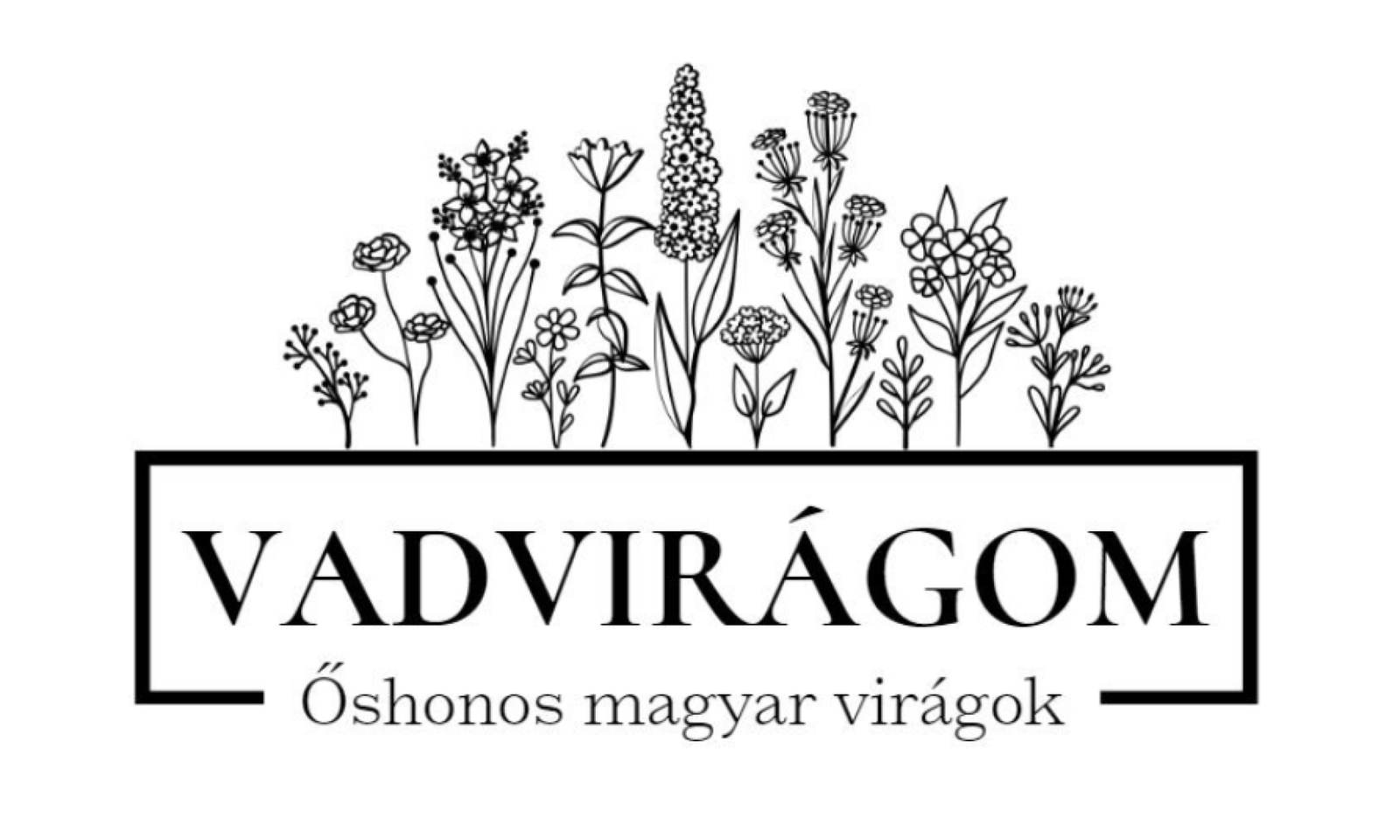

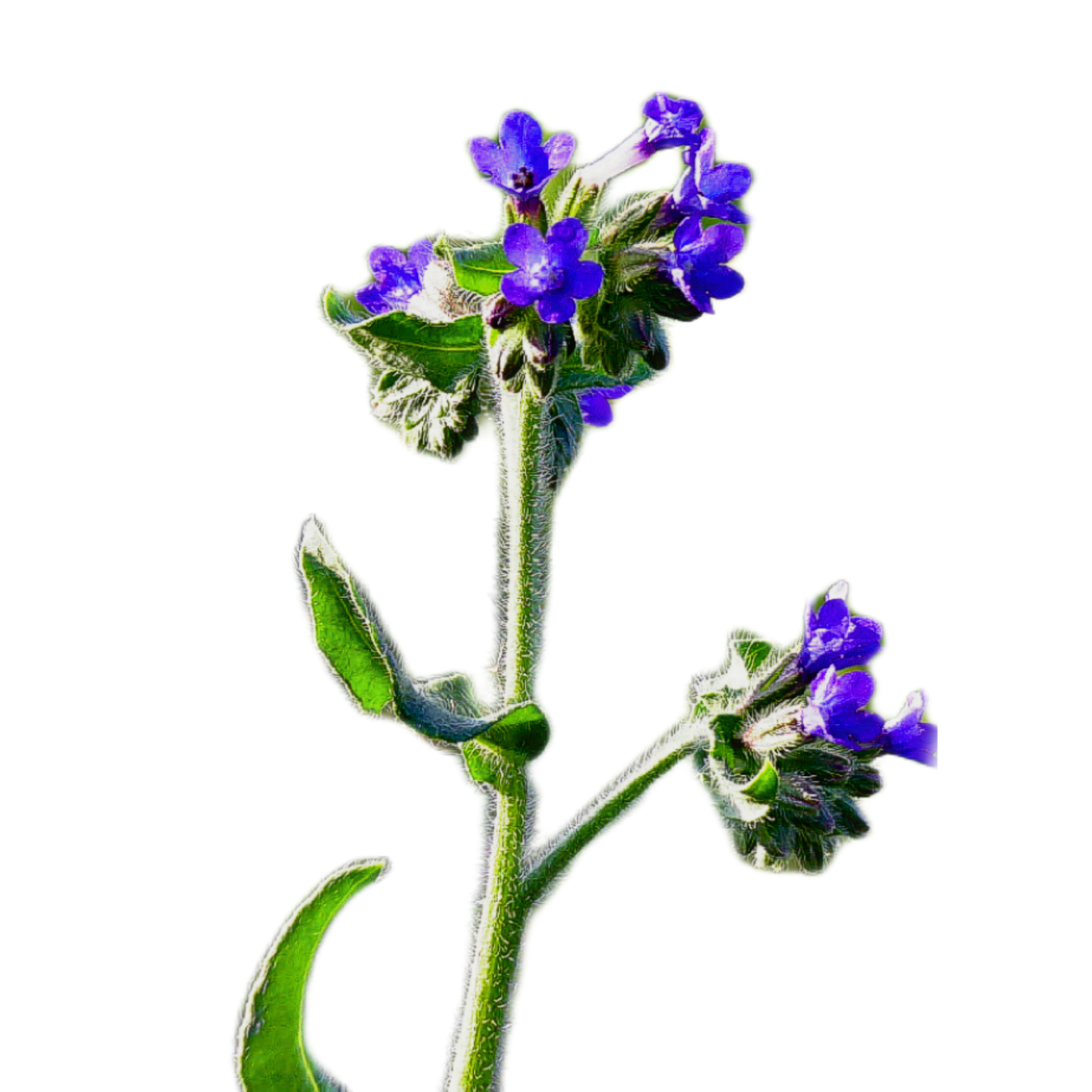
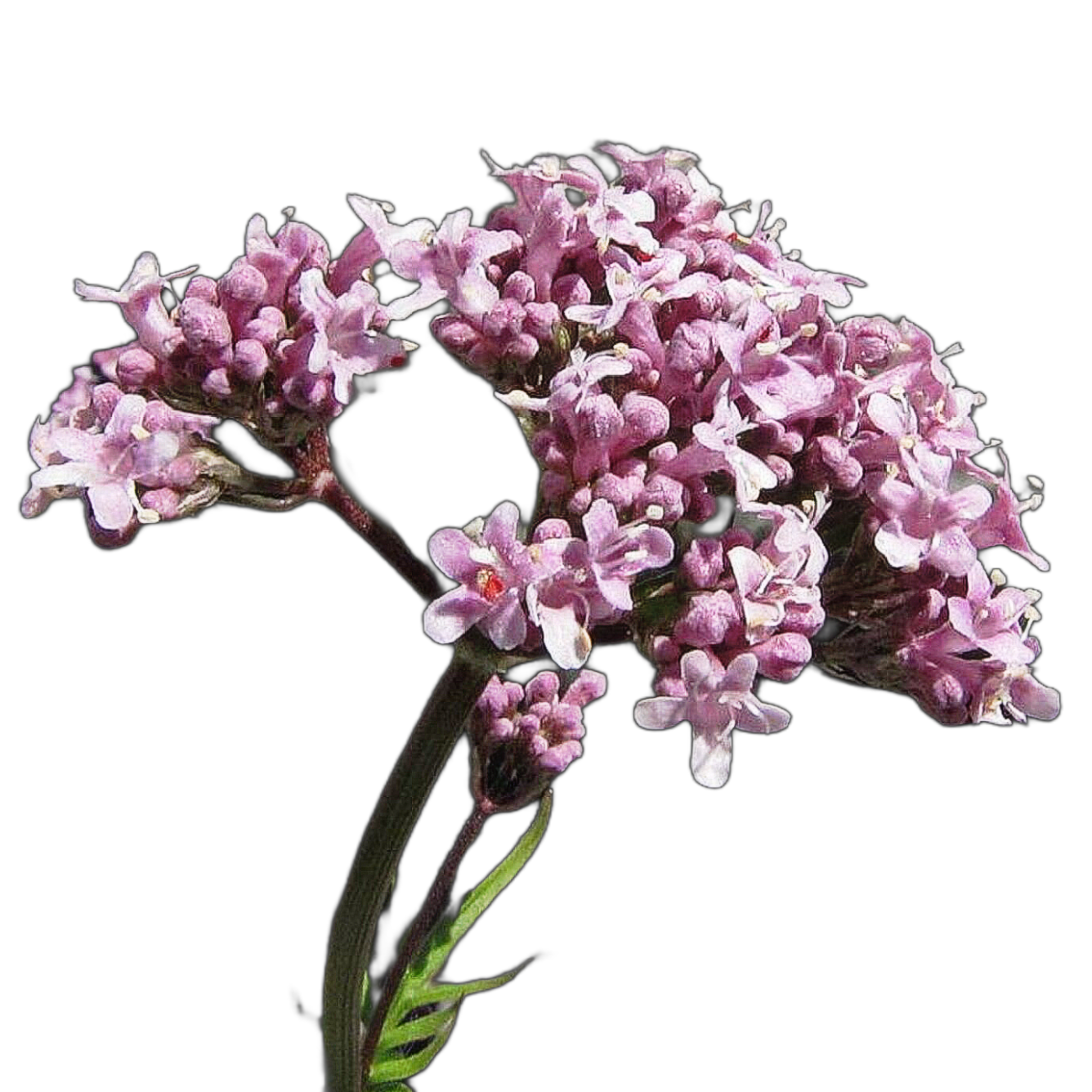
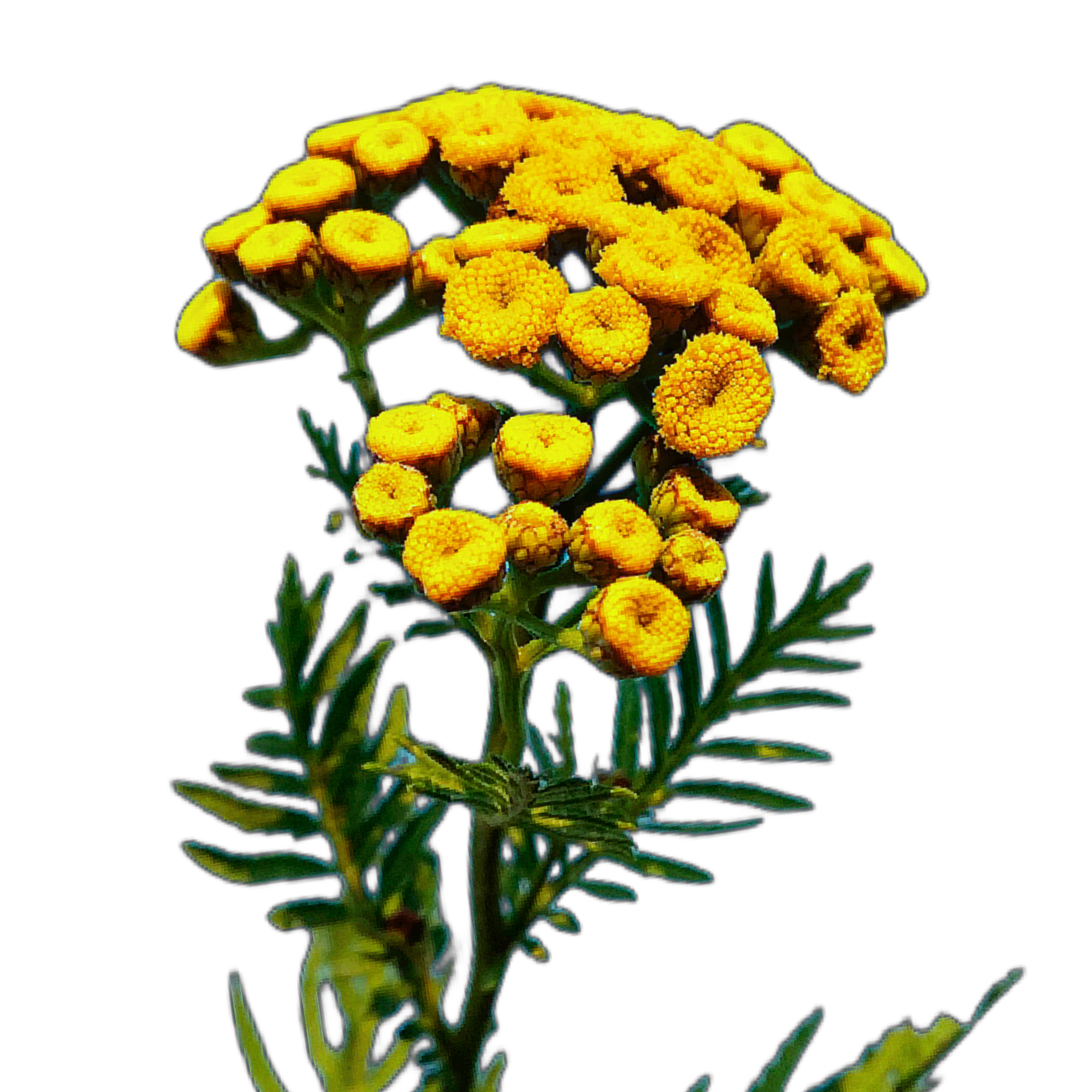
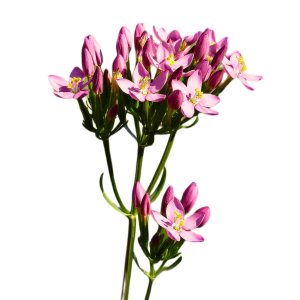


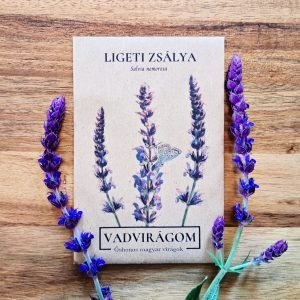

Reviews
No reviews yet.